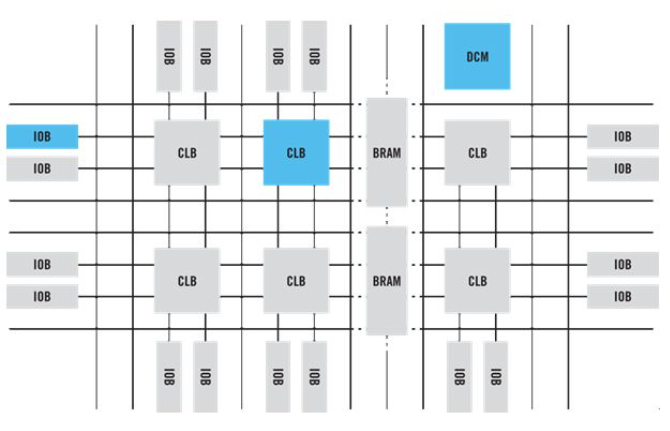凡亿教育-媛媛
凡事用心,一起进步打开APP
公司名片时序分析的基本概念(1)
1 setup time
Setup time (建立时间)是数据信号(D)在时钟事件(这里以时钟上升沿为例)发生之前保持稳定的最小时间。以便时钟可靠地对数据进行采样。适用于同步电路,如触发器(flip-flop)。

2 hold time
Hold time (保持时间) 是数据信号(D) 在时钟事件(这里以时钟上升沿为例)发生之后保持稳定的最小时间。

3 Propagation Delay
信号传播延时(Propagation Delay),以反相器(Inverter)为例,A输入信号变化(0-1的50%)为开始,到Z输出信号变化(1-0的50%)所需的时间称为Tf, A输入信号变化(1-0的50%)为开始,到Z输出信号变化(0-1的50%)所需的时间称为Tr。
Output fall delay (Tf) Output rise delay (Tr)

# Threshold point of an input falling edge:input_threshold_pct_fall : 50.0;# Threshold point of an input rising edge:input_threshold_pct_rise : 50.0;# Threshold point of an output falling edge:output_threshold_pct_fall : 50.0;# Threshold point of an output rising edge:output_threshold_pct_rise : 50.0;
声明:本文内容及配图由入驻作者撰写或者入驻合作网站授权转载。文章观点仅代表作者本人,不代表凡亿课堂立场。文章及其配图仅供工程师学习之用,如有内容图片侵权或者其他问题,请联系本站作侵删。
相关阅读
进入分区查看更多精彩内容>











暂无评论